This database stores tens of billions of associations of genetic variants with human traits, investigated by the scientific community in hundreds of studies. Knowledge of such associations allows for better understanding of human genetics and biology and can contribute to the diagnosis, prevention and treatment of diseases. The results of the work were published in […]
Continue reading
Immunoglobulin G (IgG) that plays central role in adaptive immunity is the most abundant immunoglobulin found in human plasma. All IgG molecules are N-glycosylated. N-glycosylation of IgG contributes to the maintenance of its structure, stability, and solubility. In a large collaborative study, we analysed association between genomes and glycosylation of immunoglobulin G (IgG) in more than […]
Continue reading
A team of six, with two authors affiliated with PolyOmica, has received a 2020 prize in Clinical Science from the International Society for the Study of the Lumbar Spine (ISSLS) for a study that found a significant causal effect of BMI on both back pain and chronic back pain1. Back pain is the #1 cause […]
Continue reading
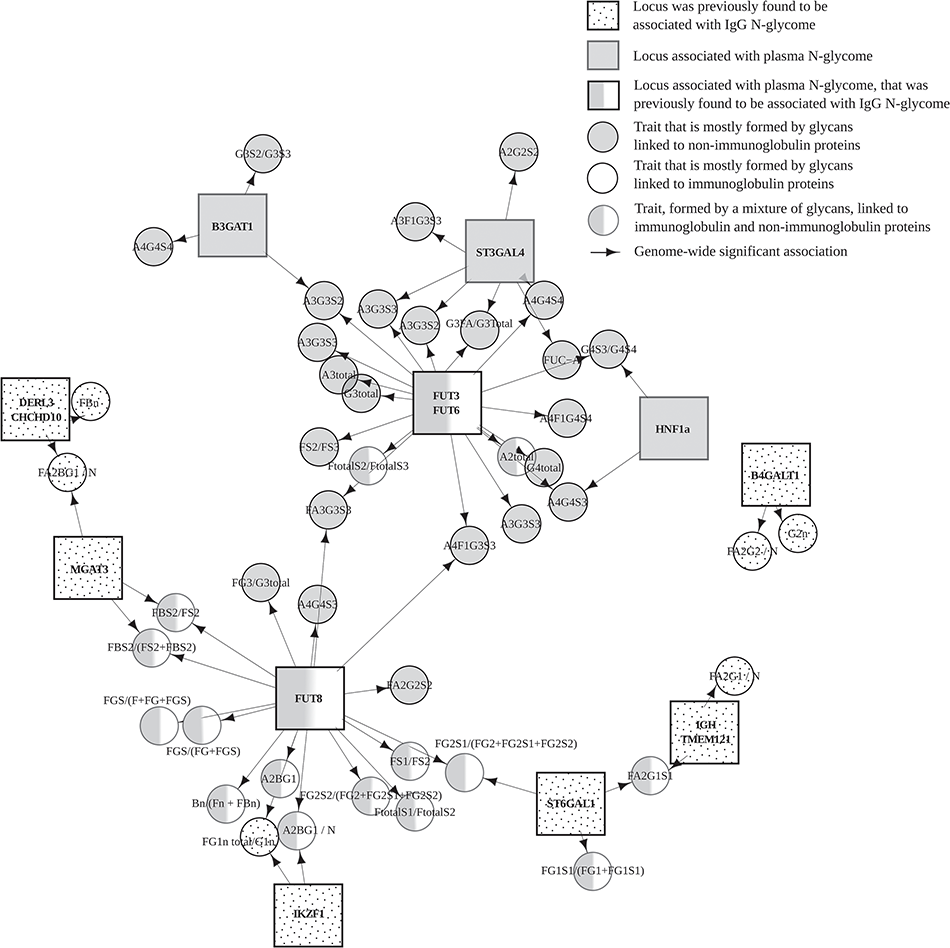
Glycosylation – addition of carbohydrates – is a common cotranslational and posttranslational modification of proteins. Attachment of different glycans to the same protein can give rise to hundreds of its glycoforms. Different glycosylation of the same glycoprotein changes its physical properties as well as its biological function. In recent years, changes in different glycan abundances were associated with various diseases, including many of these […]
Continue reading
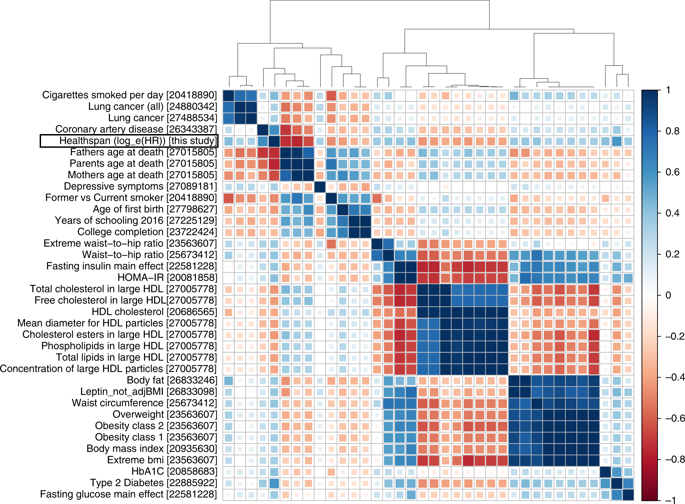
Aging populations face diminishing quality of life due to increased disease and morbidity. These challenges call for longevity research to focus on understanding the pathways controlling healthspan. A new study, led by dr. Peter Fedichev (Gero LLC) and prof. Yurii Aulchenko (PolyOmica), used the data from the UK Biobank to understand biology of healthspan1. We observed that the […]
Continue reading
Adding covariates can either increase or decrease the power of finding an effect of a predictor on the outcome of interest. In a recent publication in GigaScience we used knowledge of biochemical networks to select covariates for conditional genetic association analysis. We demonstrated that the power depends on whether genes and environment play along or […]
Continue reading
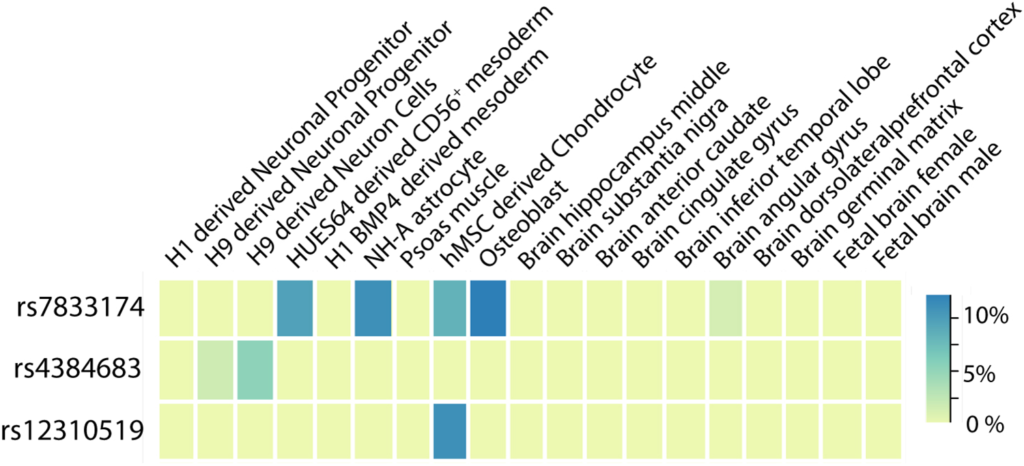
Back pain is the #1 cause of years lived with disability worldwide and one of the most common reasons for health care visits in developed countries, yet surprisingly little is known regarding the biology underlying this symptom. A new study, led by Pradeep Suri of the Department of Veterans Affairs in Seattle, Washington (U.S.A.) and […]
Continue reading
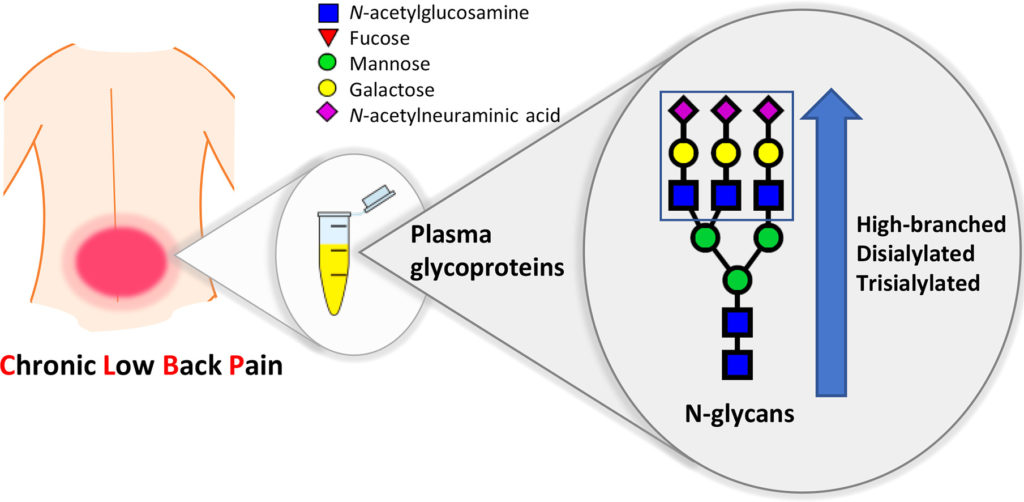
Last Thursday, July 5, 2018, a manuscript1 reporting results from a large multicentric case-control study of patients with chronic lower back pain (CLBP) was published in Biochimica et Biophysica Acta (BBA) – General Subjects. The work was funded by the EU FP7 project PainOmics in which we participate. The study of plasma N-glycome composition in patients […]
Continue reading
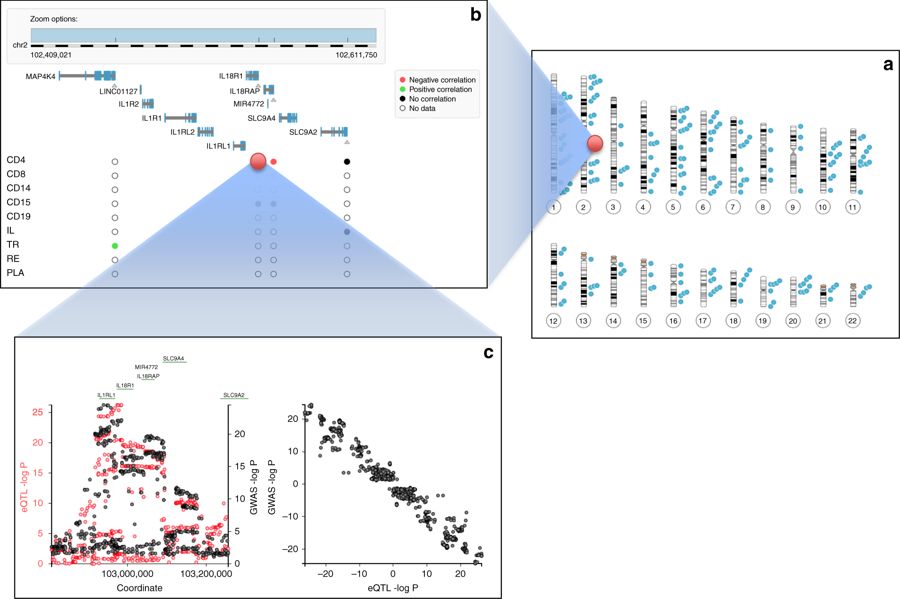
Inflammatory bowel disease (IBD) is a group of inflammatory conditions of the colon and small intestine. Crohn’s disease (CD) and ulcerative colitis (UC) are the principal types of inflammatory bowel disease. IBD was virtually unheard of in the early nineteen hundreds. Since then it’s incidence (as well as that of a series of other inflammatory diseases including asthma) has dramatically […]
Continue reading
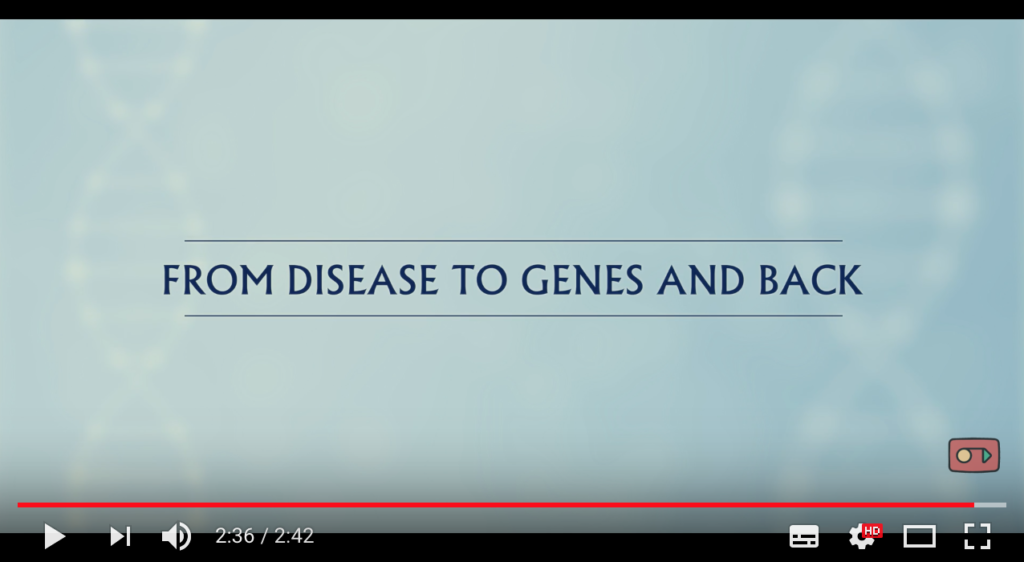
In PolyOmica, we some times need to train people in the basics of genetics and genomics. While training people in basics is fun, it is quite time consuming, and is not exactly our company’s core activity. For a long time, we thought that it would be great to have a massive open online course (MOOC) […]
Continue reading
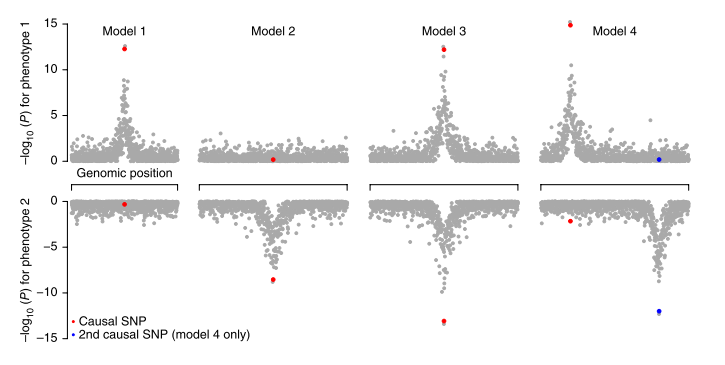
Pickrell et al. (Pickrell et al., 2016) come up with a very nice approach which uses summary-level data to detect variants exhibiting effects on multiple traits. They also propose use of multi-locus information to infer causative relations between traits. The manuscript starts with reminding the reader that the observed association between a genetic variant and multiple […]
Continue reading
This is a follow-up post to the mini-review of the work of Zhu et al. [1] and is a reaction to tweet from @JosephPowell_UQ 🙂 In short, in Zhu et al. [1] have used eQTL results from peripheral blood to answer the question of potential biological function affected by genetic variation associated with five complex trait. Using such eQTLs may […]
Continue reading
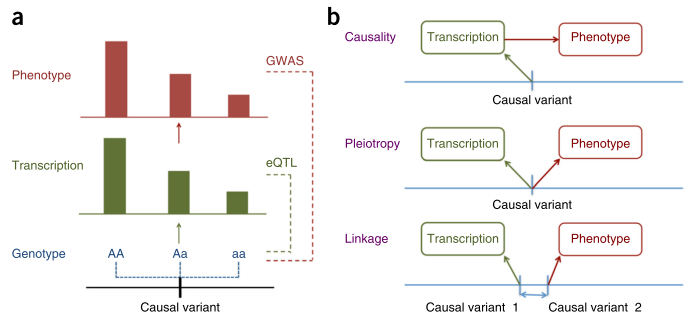
In this work, Zhu and colleagues [1] start with asking the question whether it would be possible to use summary-level data coming from GWAS of a complex trait coupled with eQTL association results to address the question of causality. Could the association observed for the complex trait be explained by changes in the level of a […]
Continue reading
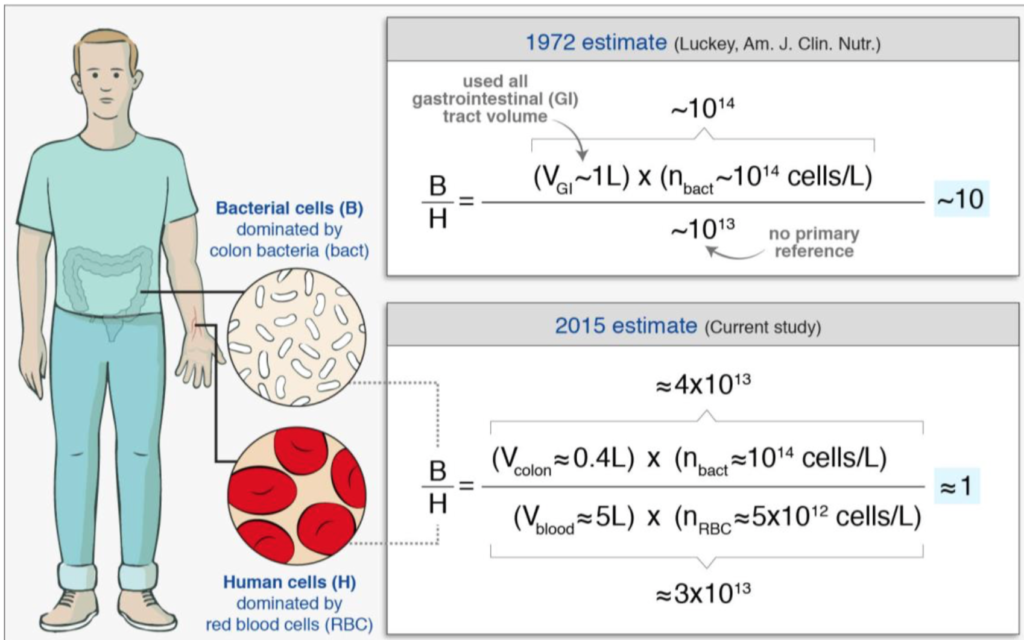
With interest we read a review/analysis paper [1] which questions the ‘common knowledge’ that we have ten times more bacteria on/in us than we we have cells. The authors make an interesting historical analysis tracing the ’10:1′ statement back to its origins (back to the beginning of 1970s!); based on analysis of more recent literature, they […]
Continue reading








